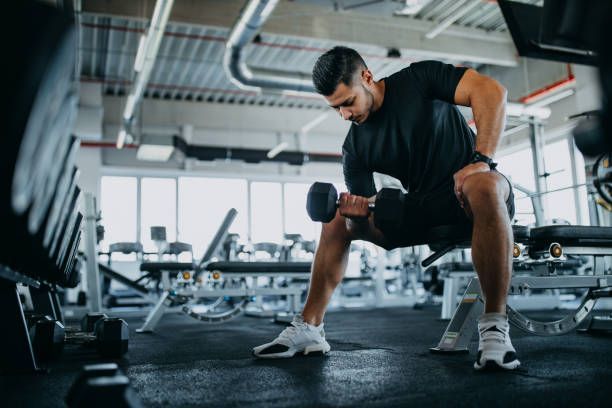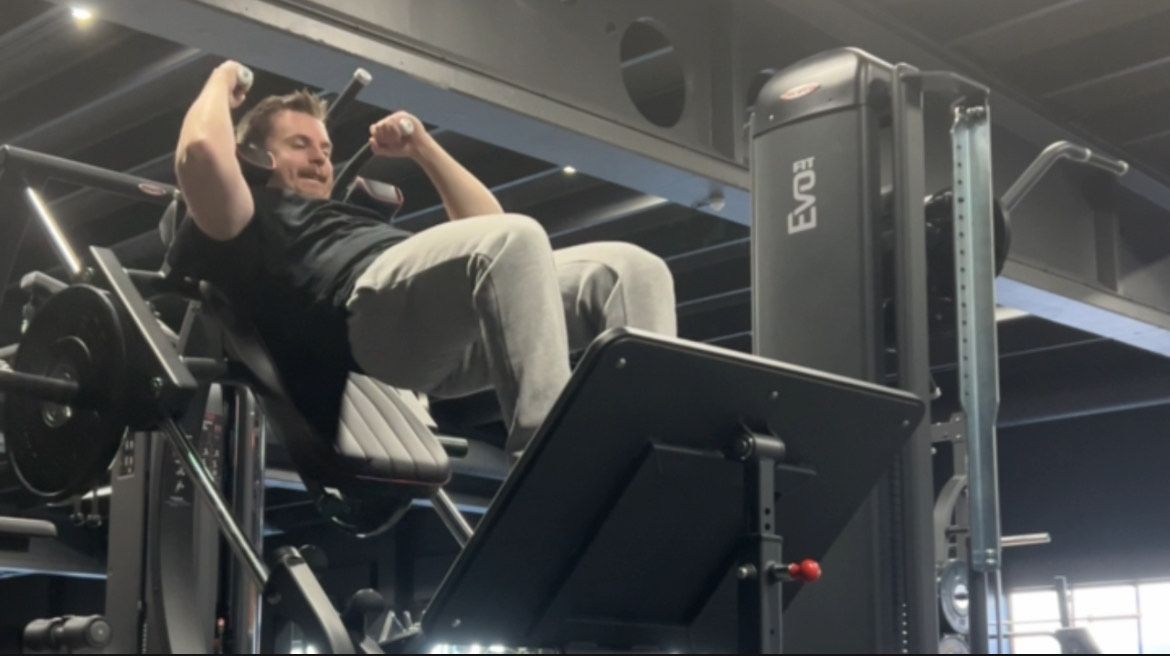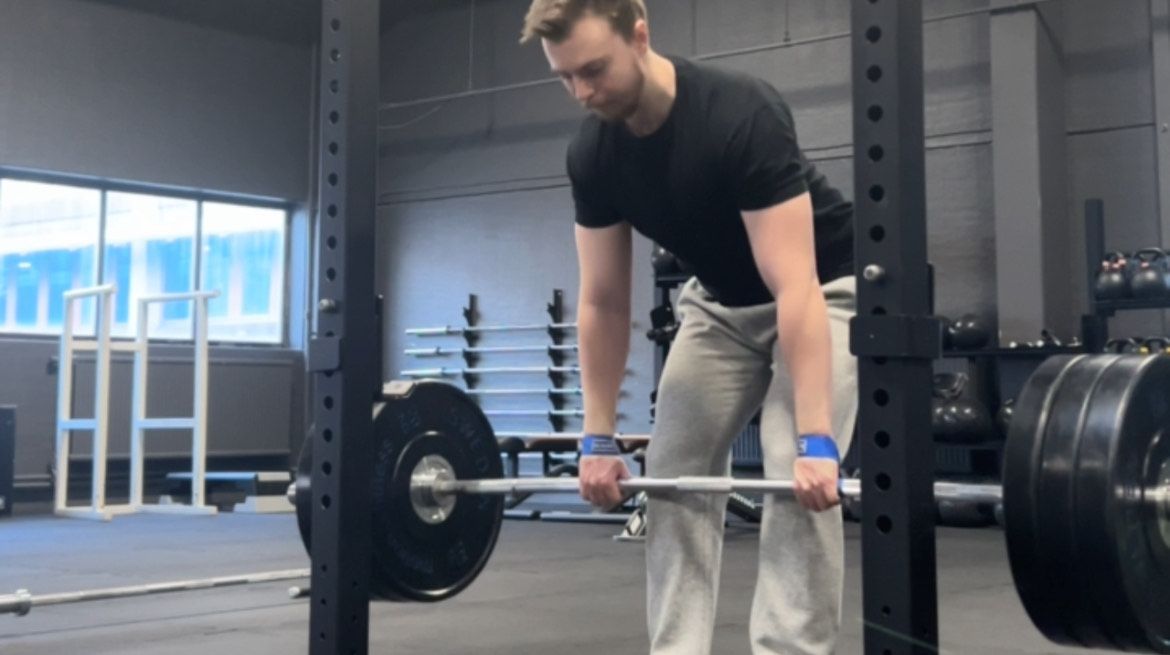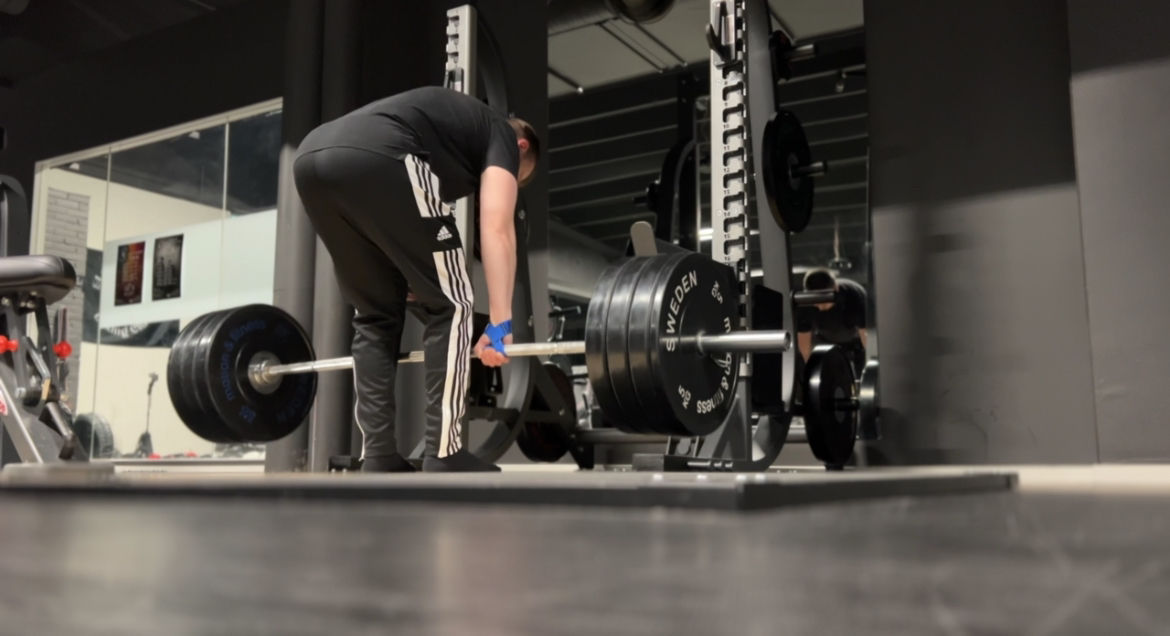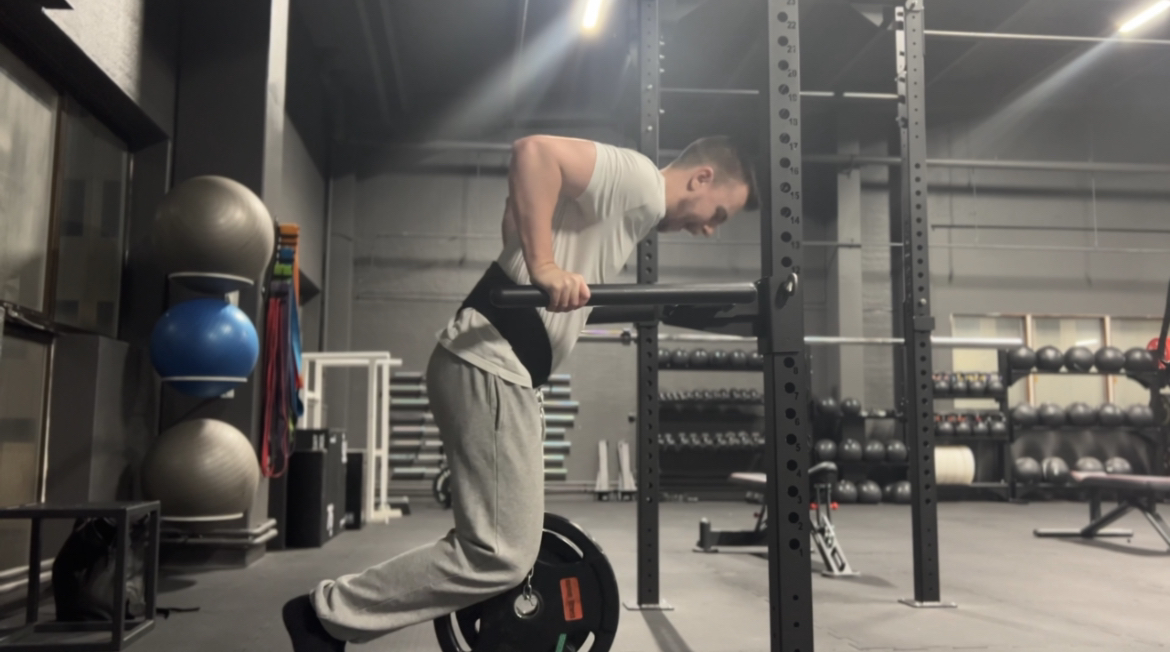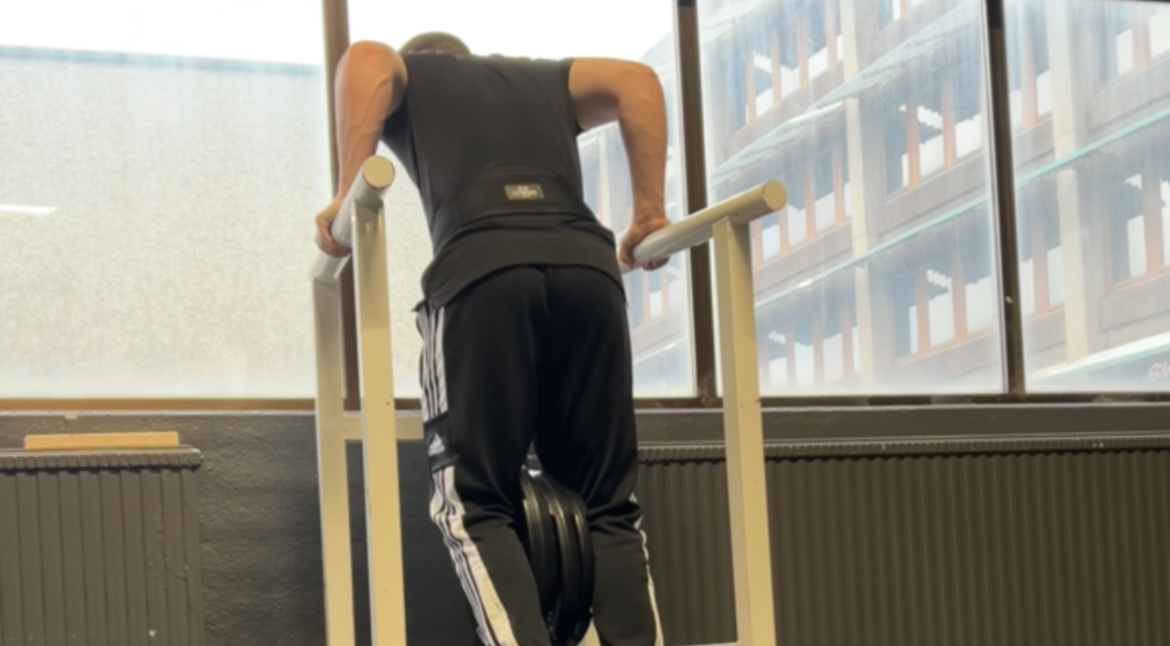How to train your neck
Neck training guide
Training the neck is often overlooked in most fitness routines, yet it is crucial for overall strength, posture, and injury prevention. A strong neck can enhance athletic performance, reduce the risk of injury, and alleviate neck pain. This guide covers the importance of neck training, the anatomy of the neck, and effective exercises to incorporate into your routine.
Importance of Neck Training
- Injury Prevention: A strong neck can help prevent injuries, especially in contact sports where the neck is often subjected to sudden impacts.
- Posture Improvement: Strengthening the neck muscles can improve your posture by supporting the head better, reducing the likelihood of slouching.
- Pain Reduction: Many people suffer from neck pain due to weak muscles. Strengthening these muscles can alleviate chronic pain and discomfort.
- Enhanced Athletic Performance: For athletes, a strong neck can improve performance by stabilizing the head during dynamic movements, thereby enhancing balance and coordination.
Anatomy of the Neck
Understanding the anatomy of the neck is essential for effective training. The primary muscles involved in neck movement and stability include:
- Sternocleidomastoid (SCM): Located on the side of the neck, responsible for rotation and flexion of the head.
- Trapezius: Extends from the back of the neck to the mid-back, involved in moving, rotating, and stabilizing the shoulder blades.
- Levator Scapulae: Runs along the side and back of the neck, helps lift the shoulder blade.
- Splenius Capitis and Cervicis: Located at the back of the neck, responsible for extending and rotating the head.
Effective Neck Exercises
To effectively train the neck, incorporate a variety of exercises that target different muscle groups. Here are some key exercises:
- Neck Flexion and Extension
- Neck Flexion: Sit or stand with good posture. Slowly lower your chin towards your chest, feeling the stretch at the back of your neck. Hold for a few seconds and return to the starting position.
- Neck Extension: Tilt your head backward, looking up at the ceiling. Hold for a few seconds and return to the starting position.
- Lateral Neck Flexion
- Sit or stand with good posture. Slowly tilt your head towards your shoulder, trying to touch your ear to your shoulder. Hold for a few seconds and return to the starting position. Repeat on the other side.
- Neck Rotation
- Sit or stand with good posture. Slowly turn your head to the left, as far as comfortable, and hold for a few seconds. Return to the center and repeat on the other side.
- Isometric Neck Exercises
- Front Resistance: Place your hand on your forehead and press your head against it without moving your head. Hold for 10 seconds.
- Side Resistance: Place your hand on the side of your head and press your head against it without moving. Hold for 10 seconds. Repeat on the other side.
- Back Resistance: Place your hands on the back of your head and press your head backward without moving. Hold for 10 seconds.
- Weighted Neck Exercises
- Use a head harness or neck machine to perform neck flexion, extension, and lateral flexion exercises with added resistance. Start with light weights and gradually increase as your strength improves.
- Scapular Retraction
- Stand or sit with good posture. Squeeze your shoulder blades together and hold for a few seconds before releasing. This exercise strengthens the upper back and helps support the neck.
Tips for Safe Neck Training
- Warm-Up: Always warm up your neck muscles with gentle stretches before starting any exercises.
- Start Slow: Begin with low resistance and gradually increase as your neck becomes stronger.
- Focus on Form: Maintain proper form to avoid strain or injury. Keep movements controlled and avoid jerking motions.
- Rest and Recovery: Allow adequate rest between workouts to let your neck muscles recover.
- Consult a Professional: If you have any pre-existing neck conditions or pain, consult a healthcare professional before starting a neck training program.
Conclusion
Training your neck is essential for overall strength, stability, and injury prevention. By incorporating a variety of exercises targeting different neck muscles and following safety guidelines, you can effectively strengthen your neck and improve your overall fitness. Remember to start slow, focus on proper form, and allow for adequate recovery to achieve the best results.
4o

